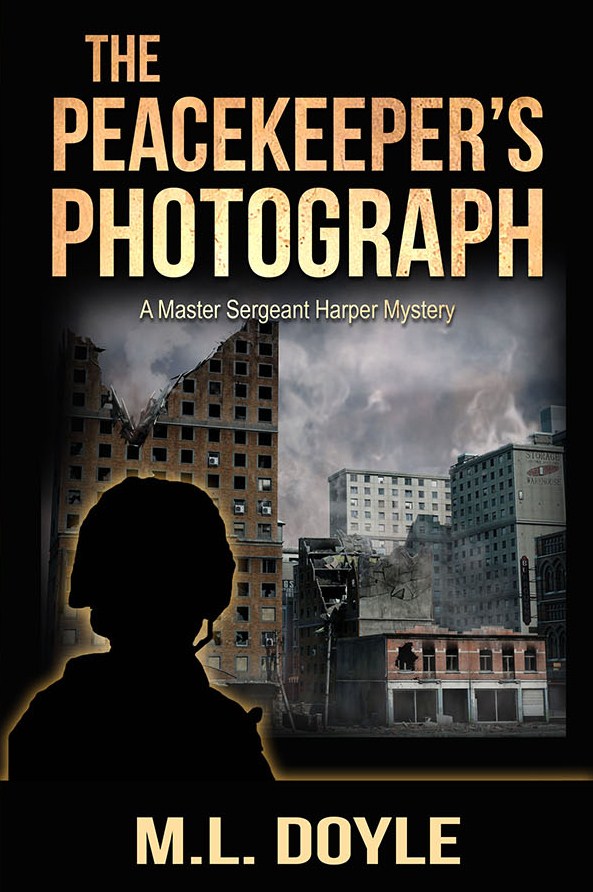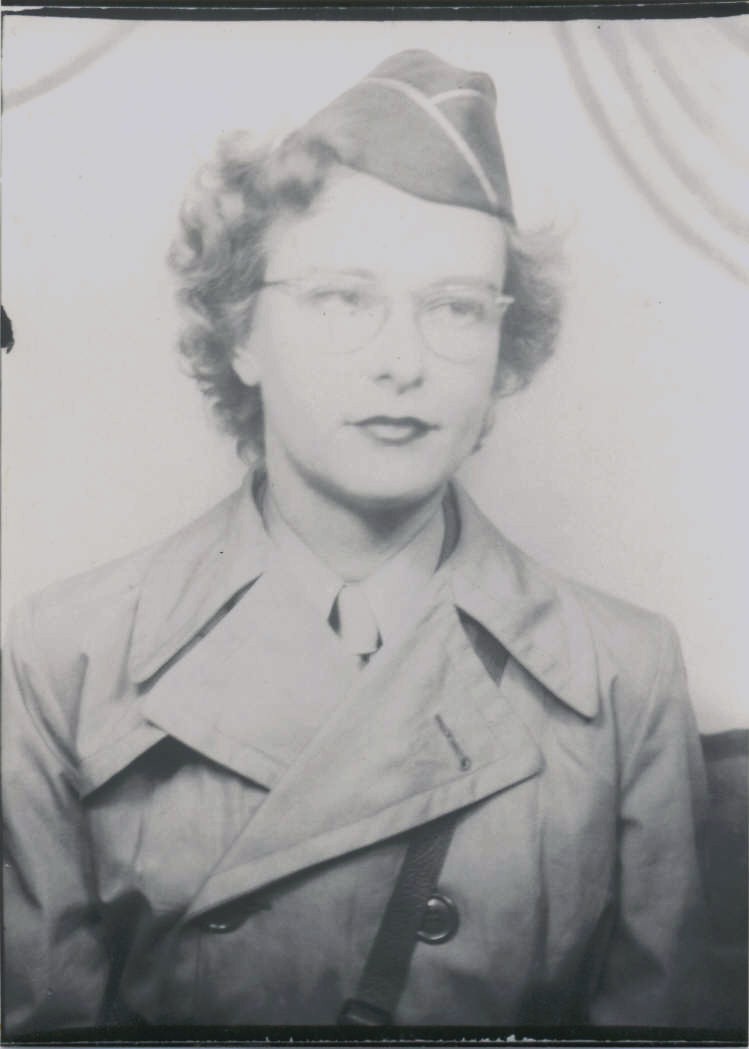 I’ll remember 2014 as the year several writer friends I know and respect published or republished great books. Mark Willen’s smart and poignant mystery, Hawke’s Point, Cindy Young-Turner’s republication of her engrossing fantasy, A Thief of Hope and the second book in Gale Deitch’s popular culinary cozy mystery series, Fine Dining.
I’ll remember 2014 as the year several writer friends I know and respect published or republished great books. Mark Willen’s smart and poignant mystery, Hawke’s Point, Cindy Young-Turner’s republication of her engrossing fantasy, A Thief of Hope and the second book in Gale Deitch’s popular culinary cozy mystery series, Fine Dining.
Gale Deitch developed an impressive fan base after her first book, A Fine Fix, was published last year. Her readers have been asking for more in the series, and now they finally have it.
The star in Deitch’s kitchen-centric stories is Trudie Fine, a caterer who loves brightly colored clothes, is growing accustomed to a new boyfriend in her life in the form of a handsome detective, and whose loyalty for a close friend lands her in the middle of a murder investigation.

Multiple authors sharing a booth and my professional looking banner helped make the festival worth it this year, at least for me. Participation should be carefully considered.
My writer friends and I have had multiple conversations about book festivals. The bottom line question is, are they worth it? We toss around questions like, can you sell enough books to cover the cost? Is it worth it to invest in banners, posters, cards and other give-aways? Does participation result in readers who look for you later to buy books online?
This is what I learned from participating in the 2014 Baltimore Book Festival.
What a weekend! The Baltimore Book Festival was a bit overwhelming and a lot exhausting. As crazy as it was to get past the massive crowds and find a place to park, it was amazing to see so many talented authors of every genre imaginable all in one place. I loved the opportunity to meet and talk to other writers about their experiences, but by far, the best part of the weekend was the opportunity to meet and talk to readers. What a joy it is to watch a stranger purchase your work--people who don’t know me as a person let alone as a writer. People who don’t know the books and yet, they still take a chance and buy the work. It’s an amazing feeling.
I’ll write more about the experience soon. Until then, here’s a little gallery of photos from the event.
 Working with a designer to have the cover of your book created is like watching a tightrope walker without a net. It is thrilling, edge of your seat stuff, but you feel as if, at any moment, things could go very wrong, very quickly.
Working with a designer to have the cover of your book created is like watching a tightrope walker without a net. It is thrilling, edge of your seat stuff, but you feel as if, at any moment, things could go very wrong, very quickly.
While doing my research, I looked at scores of designer websites, was blown away by so many covers and impressed with what could be done, that by the time I finally selected someone to work with, I had high expectations. There were so many different designers to choose from, that I finally had to make my selection largely based on price. I’ve got a lot of work that I’d like to publish this year which means I can’t afford to pay three hundred plus dollars for each cover.
I contacted Su at Earthly Charms, we settled on terms and I gave her a general description to get her started. I also sent her links to covers I liked.
A couple of weeks later, Su sent me my first set of proofs. Here is where the tightrope walker began to sway in the wind, the feeling of impending disaster set my heart racing and for days I found it difficult to sleep.
My first impression was that she’d gotten them all wrong. We were working on two covers for the first two books in my mystery series. Neither of them worked for me. I considered looking for someone else. Looking at those covers made me sad. I felt as if my project was a failure. Were the books I’d written as bad as those covers? Was I crazy? What made me think I could self publish anyway? UGH!
Trying not to panic, I decided to treat them a bit like critiquing someone’s writing. I began by listing the things I liked and realized I not only liked those things, I loved them. Along with what I loved, like the font and the basic colors, I had a bunch of ideas for what could be improved and how to improve them. I listed those and didn’t hold back on exactly how I felt.
The next set of proofs were so much improved it felt as if that tightrope walker had made it to the other side and the crowd was standing in a raucous round of applause. They weren’t perfect, but we were very close. A few minor tweaks here and there and suddenly, I had the cover I dreamed of, the look I could be proud, to keep on my shelf and call my own. I love, love, LOVE them.
It was frightening at first, but like Su said, we had to start somewhere. I’ve decided that a great cover artist is someone who is not only creative and artistic but more important, someone who listens. I found that creative listener in Su.
I’d recommend her but she will be far too busy working on the rest of my work coming out this year.
 I’m sure it’s not just me. Lately, I have a hard time paying over twenty bucks for a book. Even paying over ten dollars is a hard sell.
I’m sure it’s not just me. Lately, I have a hard time paying over twenty bucks for a book. Even paying over ten dollars is a hard sell.
Ever since I bought my Kindle and I’ve had hours of reading enjoyment for less than five bucks a pop , forking over $12 for what someone is telling me is a best seller, is hard to justify. I have to wonder how some of those authors, the ones tied to the old elite publishers with contracts that require a particular price point, are doing these days.
Lately, Amazon has been marketing NYT best sellers like Kellerman for $12.99, next to an unknown author with a thriller priced at a buck ninety nine. It makes me wonder, which one of them is selling more copies.
My guess would be the new author is selling more. The hard core Kellerman (or insert your favorite best selling author’s name) fans are still forking over the dough to get the latest. For example, I’d pay the usual fifteen bucks plus to get the latest in the Dresden Files series.
But I doubt any new readers are jumping in at those prices.
Soldier's Magazine asked me to write a guest blog for their Black History month recognition. I love sharing my family's history. I made one minor change, since I felt bad about leaving my brother's service out of the story. Here is what I sent them.
The story goes, that one day John made the three-mile walk into town to pick up the mail. He was a tall, gangly kid who probably looked older than his 17 years. Barefoot and wearing his raggedy work clothes, he traveled alone down the dirt country road into town. It was the summer of 1917.
John picked up the mail and was headed home when he was confronted by the white sheriff, who was surprised to see a healthy young man walking the streets. There was a war on after all. Most of the white boys in town had already joined up and shipped off to serve overseas.
So then and there, the sheriff arrested John, charged him with draft dodging, stuck him on a truck headed north and shortly thereafter, John was shipped off to France, where he wrangled mules throughout the rest of the war.
John made it back home after the war and raised a family in the same Mississippi town.
By the time World War II started, my father was 19. He didn’t hesitate to answer the nation’s call, understanding the adventure and the freedom release from his

My mother, Ruth Doyle (Kokesh) found her own kind of freedom during WWII as a member of the Women's Army Corps
oppressive Mississippi town would mean. He was assigned to one of Patton’s all-black tank battalions, landed on Utah beach the day after D-day, was cheered as a liberator by Belgians, fought in the Ardenne Forest during the Battle of the Bulge and eventually came home a man who could no longer tolerate the harsh segregation of the south. He moved north.
My parents met after the war, in Minnesota, where my mother, after having served during the war in the Women’s Army Corps, had found her own kind of freedom. She and my father largely ignored the social stigma that accompanied their interracial union.
I grew up hearing stories about my father’s war, my grandfather’s war, my mother’s service and even about my mother’s father who had been a cavalry Soldier on the plains of the Dakotas. Military service was part of our history. The Army had played a major role in changing my father’s opportunities. And had largely been the reason my parents met.
So my father wasn’t a bit surprised when I told him I wanted to join the Army. My brother, who had already joined ROTC and was well on his way to being an Infantry officer, had dared me to do it, saying I could never make it through basic training. Of course, I had to prove him wrong, but aside from his juvenile taunt, everyone in the family was supportive.
Joining the Army Reserve was the best decision I ever made.

This picture was taking during my deployment to the Bosnian peacekeeping mission in 1997. The deployment is the basis for my first novel, THE PEACEKEEPER'S PHOTOGRAPH.